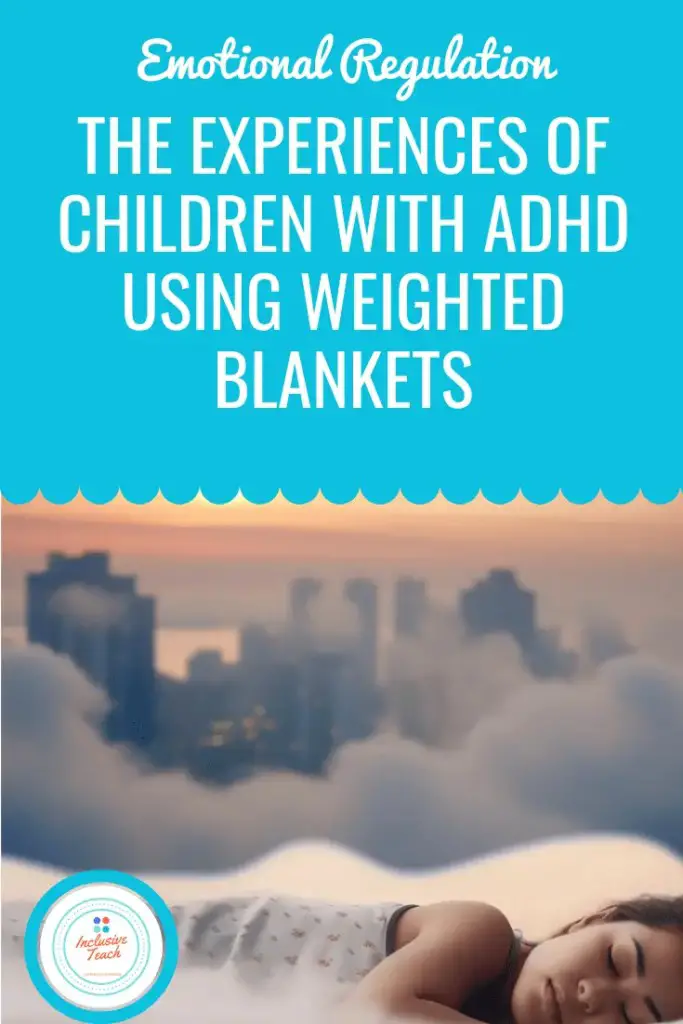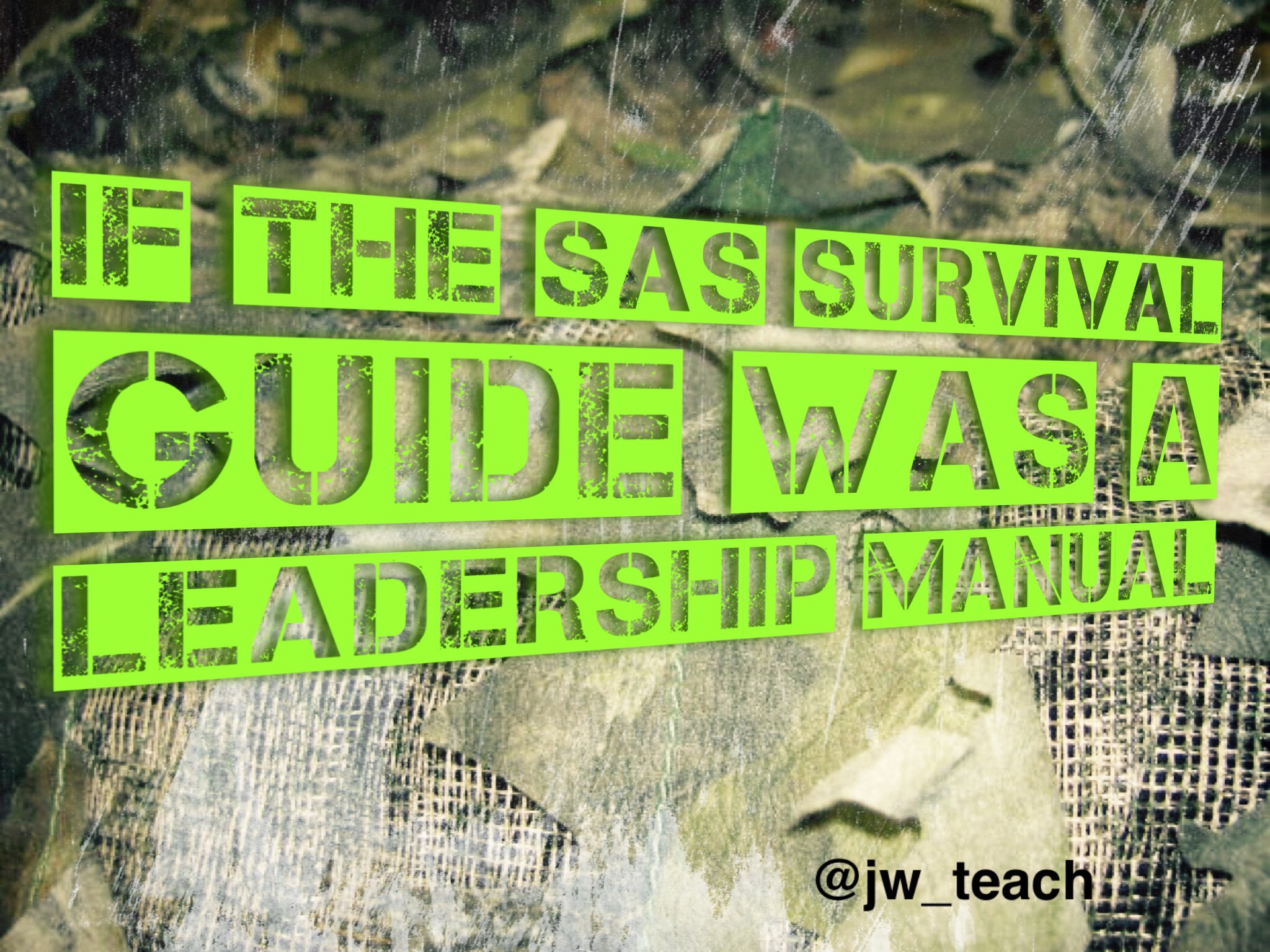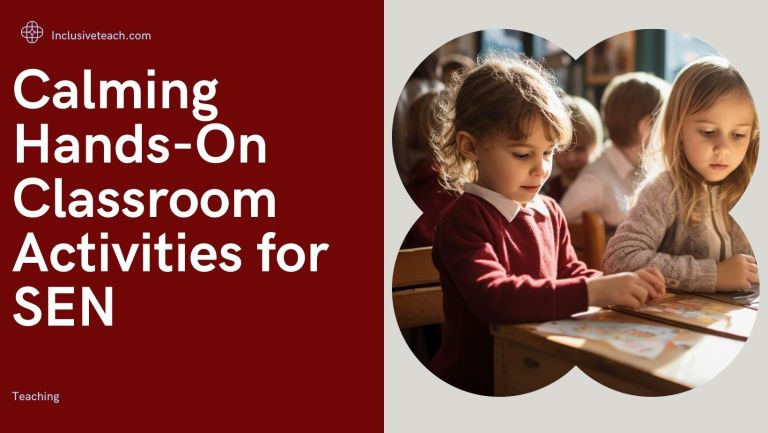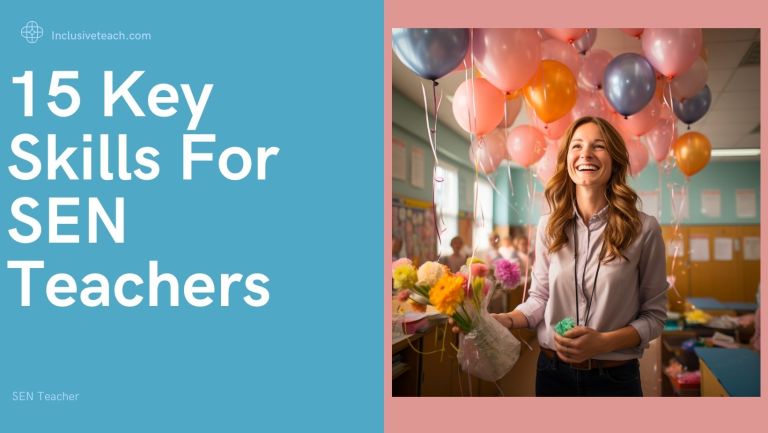The Experiences of Children with ADHD Using Weighted Blankets
Evidence Informed Parenting: The Experiences of Children with ADHD Using Weighted Blankets
Weighted blankets have been proposed as an intervention for children with ADHD and sleeping difficulties to improve sleep. Commonly used in many schools as well as at home. As they become more affordable, less than £20 on Amazon* or Temu* However, research on children’s experiences using weighted blankets is lacking. One recent study explored the experiences of 24 children with ADHD who used weighted blankets for eight weeks. A series of interviews with young people were conducted to gain their views.
The results showed that using weighted blankets required an individual assessment and follow-up to ensure commitment. The children experienced that weighted blankets improved their emotional regulation by decreasing restlessness, anxiety, and fear at bedtime. This allowed them to stay in bed and fall asleep more easily. The children also experienced improved sleeping patterns, such as falling asleep faster and sleeping through the night with fewer awakenings. Some children found it easier to wake up in the morning, while others struggled. Using weighted blankets during the day and night balanced the children’s activity and sleep, enabling recovery and participation in leisure activities after school. The children experienced improved daily functioning, such as increased attention, energy, and participation in school.

Are Weighted Blankets for ADHD Effective for Improving Sleep?
The findings suggest that weighted blankets may be an effective intervention for children with ADHD and sleeping difficulties. By improving sleep, emotion regulation, and daily functioning, weighted blankets have the potential to promote well-being and help children better manage daily life with ADHD. Prescribing weighted blankets requires an individual assessment to tailor the intervention to the child’s needs and preferences. Close follow-up is also needed to ensure commitment to using the weighted blanket. Occupational therapists play an important role in delivering weighted blankets as an intervention to improve sleep and daily functioning in children with ADHD.

The results provide insight into the experiences of children using weighted blankets and can inform guidelines for tailored prescription. Future research should evaluate the effects of weighted blankets on sleep, daily functioning, and quality of life in children with ADHD. Studies are also needed to assess barriers to using weighted blankets and how to improve adherence. By including children’s perspectives, we can gain valuable knowledge to deliver interventions intended for use by children themselves.
How Do Children Use Weighted Blankets?
- Children’s commitment to using weighted blankets depends on adjusting the weight to their individual needs and preferences. Some needed heavier blankets over time while others found the blankets too heavy initially.
- The children used different strategies to make the blankets comfortable, like combining them with ordinary blankets or pillows.
- Contextual factors like the home environment, temperature, and parental views influenced the children’s ability to use the blankets continuously.
- The weighted blankets helped the children regulate their emotions, making them feel calmer and less restless. This improved their sleep.
- The blankets created a sense of safety and security that reduced anxiety and fearfulness, further helping the children fall asleep.
- The children experienced changes in their sleep patterns like falling asleep faster and sleeping through the night, improving their sleep quality.
- The weighted blankets became part of the children’s new routines from evening to morning, improving their sleep patterns.
- The blankets improved the children’s daily functioning by increasing their energy, concentration and mood.
- Using the blankets during the day helped balance the children’s activity levels and promote participation in daily activities.
- Tailoring the blankets to individual needs and preferences may improve their effectiveness for children with ADHD and sleeping difficulties.
Linking Weighted Blankets & ADHD to Polyvagal Theory.
I have become increasingly interested in the application of Stephen Porges Polyvagal Theory into our behaviour support practices. The findings from this study on the use of weighted blankets among children with ADHD show that the blankets help the children regulate their emotions and behaviours, making them feel calmer and more focused. This suggests that the blankets may be activating the ventral vagal complex in these children. The weight and pressure from weighted blankets for children with ADHD is likely create a sense of safety and security that activates the soothing ventral vagal complex. This reduces arousal and autonomic reactivity, allowing the children to self-regulate their emotions and behaviours more effectively. The calming effect of the blankets then helps the children fall asleep easier and sleep better at night.
Using Weighted Blankets and Weighted Lap pads for ADHD
Weighted blankets and even weighted lap pads are gaining popularity as calming sensory tools for children with ADHD. The light pressure stimulation they provide can trigger the body’s parasympathetic “rest and digest” nervous system response for relaxation.
As a general rule weighted blankets are often 5-10% of the child’s body weight, are large enough to cover the entire body and promote feelings of safety and security. Weighted lap pads of similar weight percentage are suitable for smaller spaces and may help focus attention. They are more useful in the classroom or in hot weather. The light pressure is thought to reduce feelings of tension, while also providing calming tactile and proprioceptive input. When using weighted items, start with short durations to assess comfort and increase time gradually.
Do Weighted Blankets Work for ADHD?
Some children may find the deep pressure innately calming, helping to reduce stress, anxiety, hyperactivity or impulsivity. For others, it may merely be a novelty they enjoy. Either way, weighted tools can be a useful sensory strategy as part of a multimodal ADHD treatment plan, especially before or during demanding focus tasks. Constant supervision is required for safety. With guidance, weighted items show promise as an additional self-regulation resource for some children with ADHD.
Recommended book on Safety.
The ability of blankets to activate the ventral vagal complex in children with ADHD has therapeutic potential. By improving emotional regulation and reducing arousal, the blankets may help mitigate some of the behavioural and cognitive difficulties associated with ADHD. However, more research is needed to directly explore the effects of weighted blankets on the autonomic nervous system and vagal tone in children with ADHD.
References about Weighted Blankets and ADHD:
Lönn, M., Aili, K., Svedberg, P., Nygren, J., Jarbin, H., & Larsson, I. (2023). Experiences of using weighted blankets among children with ADHD and sleeping difficulties. Occupational Therapy International, 2023, Article 1945290. https://doi.org/10.1155/2023/1945290 Accessed Online June 2023
*Indicate affiliate links – We gain a small percentage of the purchase price which contributes to hosting costs.








2 Comments